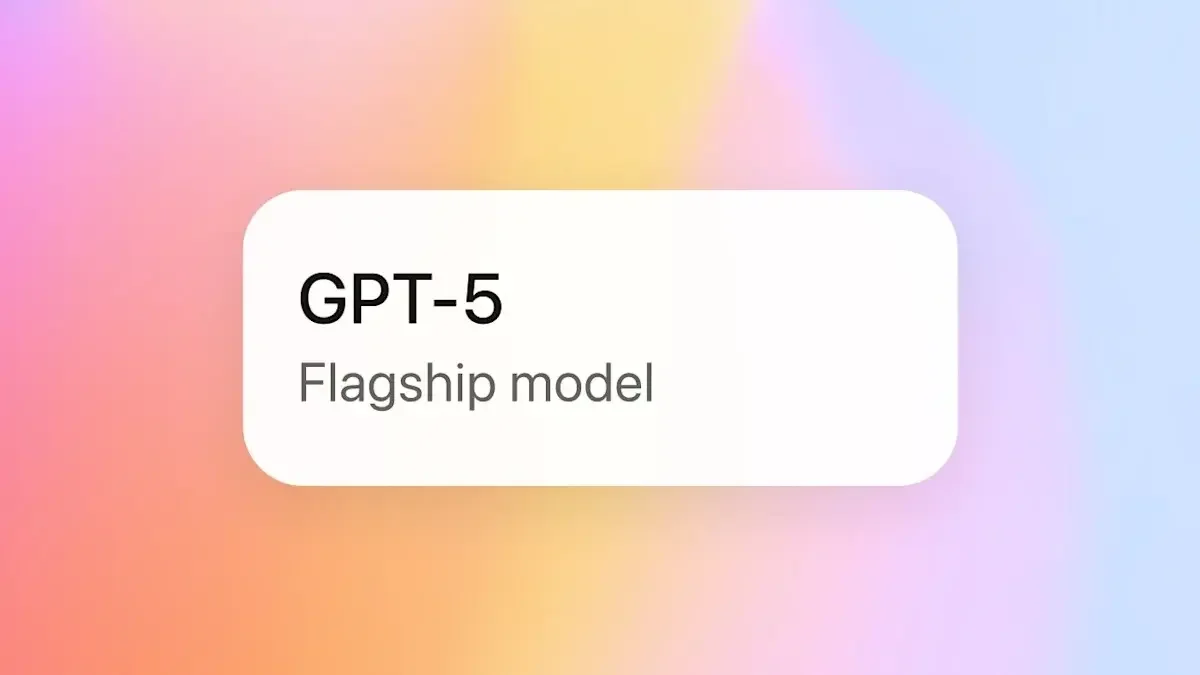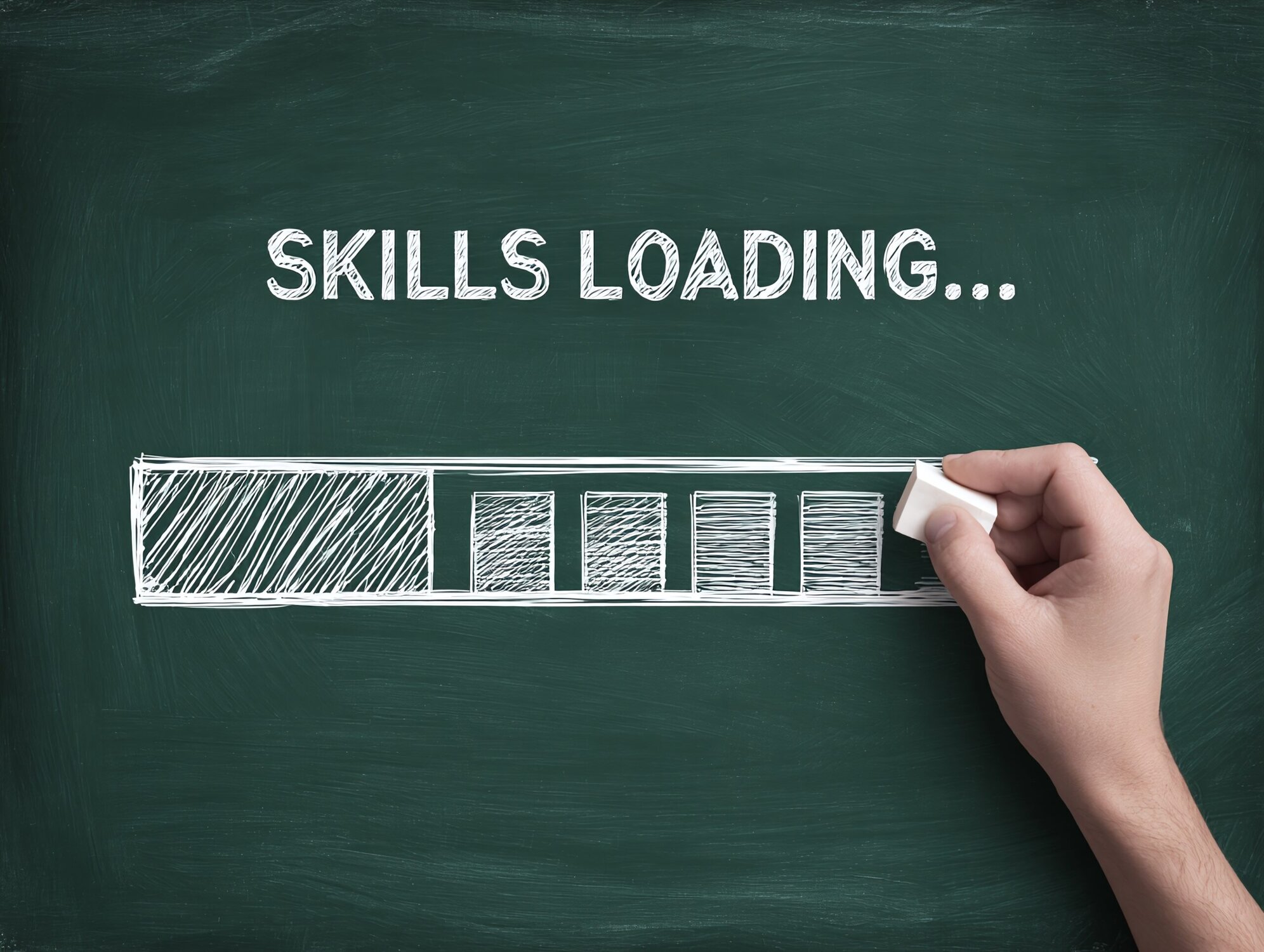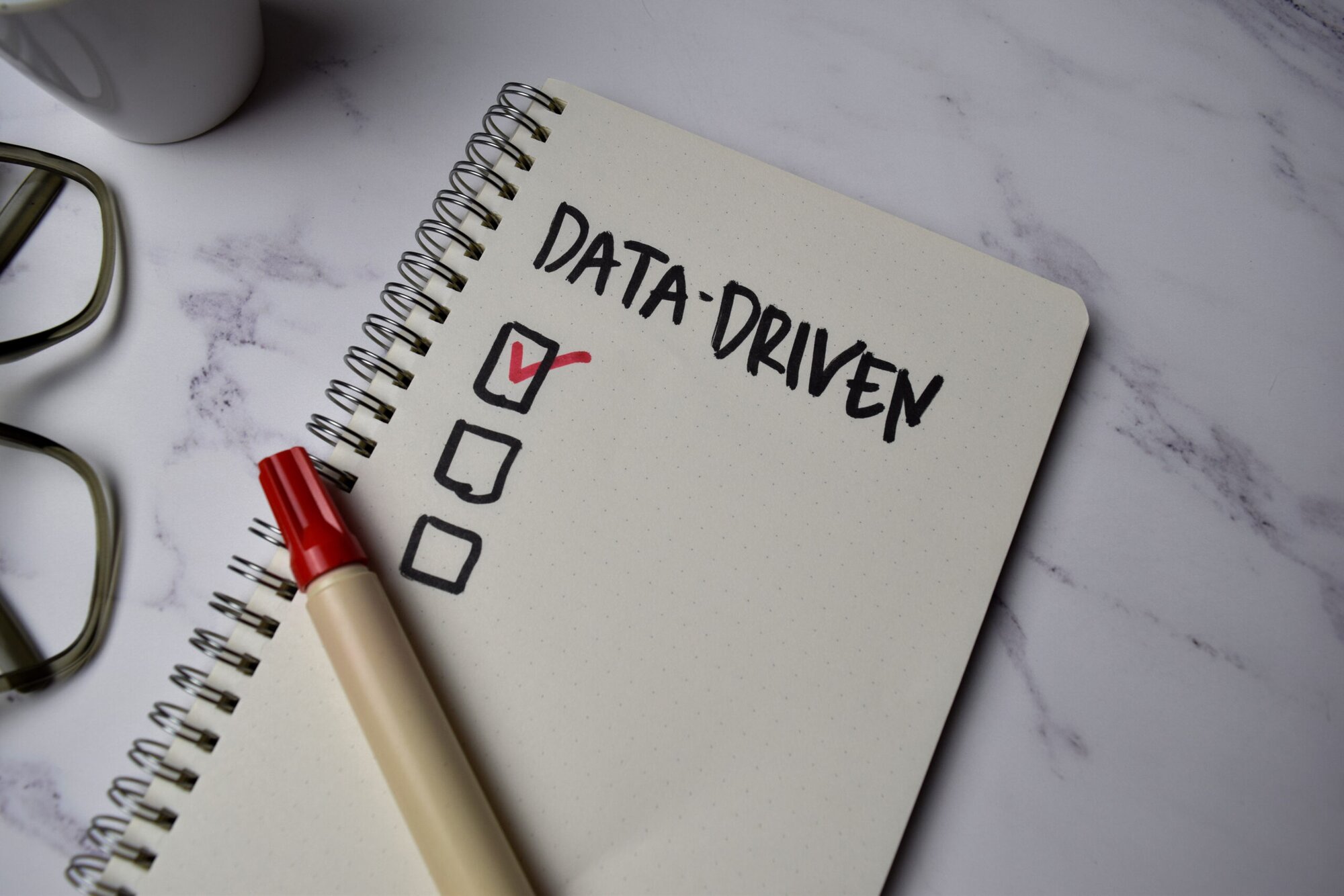Effective time management is a fundamental skill for a successful product person. The demands on you are immense, you have to juggle so many responsibilities, keep a team on track, manage stakeholders, understand and organise your priorities, keep aligned with company goals, hit your deadlines… need we go on?
There’s lots of general advice available on how to manage and optimise your time effectively. You probably already do much of it without even thinking about it: for example, you might minimise distractions by setting aside specific times for deep work and letting your colleagues and contacts know that you’re unavailable. You probably break big and complex tasks into smaller manageable chunks, and tackle them incrementally to maintain your momentum and motivation. Of course, you’ll delegate and collaborate, recognising what others might accomplish better than you can. And periodically, you’ll review and adjust accordingly.
We spoke to three different sorts of product people to find out what tricks they employ to manage their time effectively.
Set time boxes
Ronke Majekodunmi is a product leader who has worked at PayPal and Promevo. She makes herself unavailable for two hours every weekday morning in order to think. “I'll look through my email first thing to make sure there's nothing urgent, and then take two hours to think,” she says.
She is strict about meetings – she says that in any organisation it’s very easy to get pulled into meetings that don’t directly need your input, so she always asks for an agenda ahead of time. “It tells me whether or not you need me in that meeting."
When she and her team are doing discovery she holds short workshops at least once a week, “just for an hour or so, to make sure everyone stays on track”. She adds: “As a product lead, sometimes you have to get everybody together in the same space. But for no more than an hour. Time-boxing is critical. Anything more than an hour, you’re asking for trouble. Anything more than an hour people go off the reservation.”
Ronke’s not a great one for tools, though she uses Trello to prioritise tasks among her team and Outlook for her calendar. But she also makes sure she doesn’t waste a moment while she’s at work – she’ll never go to lunch on her own, for example. And once a week she’ll go to lunch off campus with her design lead and tech lead, and do one-to-ones over an afternoon coffee.
She always acknowledges emails the same day she receives them – “I’ll let someone know I’ve seen their email and that I’ll do some research and get back to them in a couple of days,” she says. “It's the polite thing to do.”
She hasn’t always worked this way. She recounts that earlier in her career she used to start work at 8am and finish at 8pm. She’d be in meetings all day and have to start answering emails at 5pm – by which time some people would have gone home, but some would answer and expect more work from her there and then. And her inbox would be full again the following morning. She was burning out. “I put these rules in place, and I’d block out my calendar after 5pm to make sure people can’t invite me to 9pm meetings, and started to see some differences in how I felt,” she says.
A manual of me
Adell Bandambira is a junior product manager at product design agency William Joseph. She was diagnosed as neurodiverse – with autism and ADHD – about a year ago. She says: “I realised I'd been masking all my life. I’d created a lot of systems that were helping me with the things I struggle with. I’d thought time management was one of my strengths. But it's only my strength because I've created systems all my life.”
Adell says the realisation that she is neurodiverse has helped her enormously, because she struggles with transitions and switching context. “For example, I now have my meetings in the morning, because I never truly understood why I struggled with them in the afternoon,” she says.
She works with people who are very understanding and accommodating. One thing that has really helped them all was to create a “manual of me" that shows when you work best and have the most energy. “For me, it was morning and evening. I'm able to be flexible. I can sort out all my emails in the evening and do all my meetings in the morning. In the afternoon, I can regroup,” she says. “It's all about me putting the harder tasks where I feel most likely to cope with them best.”
A single source of truth
She advises having “a single source of truth” – which for her is her Google Calendar. She colour-codes it – blue is meetings, purple is for focused time, for example. This helps her navigate her day a lot better. “Everything is on there. If it's not there, it will get lost or forgotten. So I try to put everything on there, whether that's reply to emails, or something as silly as taking a break, because I also forget to eat and drink sometimes if I'm in a flow state doing a task.”
She adds that for the rare times when she has gaps between meetings, she puts alarms on her phone. “I'm really good at getting deep into work and into a flow state, so I have different alarms on my phone that tell me there’s a meeting in five minutes, otherwise I miss them all.”
Jason Knight is a product coach and consultant who also hosts a podcast (One Knight in Product) and produces a newsletter. He’s currently also working as a fractional product leader for a couple of clients. Like Adell, his calendar rules everything. When Jason started as a consultant he would share his calendar on his LinkedIn page and offer a free discovery call, but he ended up being inundated with people trying to sell him something. He’s now replaced it with a contact form: “Introducing that bit of friction really helps. It means I can decide whether I want to take a call with them,” he says.
His fractional work means that Jason finds a calendar synching app indispensable. “It's a little thing, but when you're doing fractional work, you’re using the client's email and calendar, their Google workspace or their Office 365, and there's no automatic sync. But I’ve got everything in one place. If people from any of my jobs want to book me, then my availability is updated in all of their calendars.” He adds: “I am not a fan of random things being dropped in the calendar with no agenda, and no real title. Just let me know what we're talking about.”
He also tries to time-box everything if he can, and blocks out full days to work on a specific client rather than having to context switch and keep track of his hours. “Setting standard working patterns, when you're working for different people is incredibly important. It lets them know when they can expect you to be around.”
In conclusion, effective time management is a cornerstone of success for product managers. It’s foundational in enabling you to navigate complex challenges, drive innovation, and deliver quality products. Manage your time well and you’ll improve your productivity and ability to innovate, and most importantly minimise your stress. And we’d love to hear what you find most important in helping you to manage your time. Please let us know!







